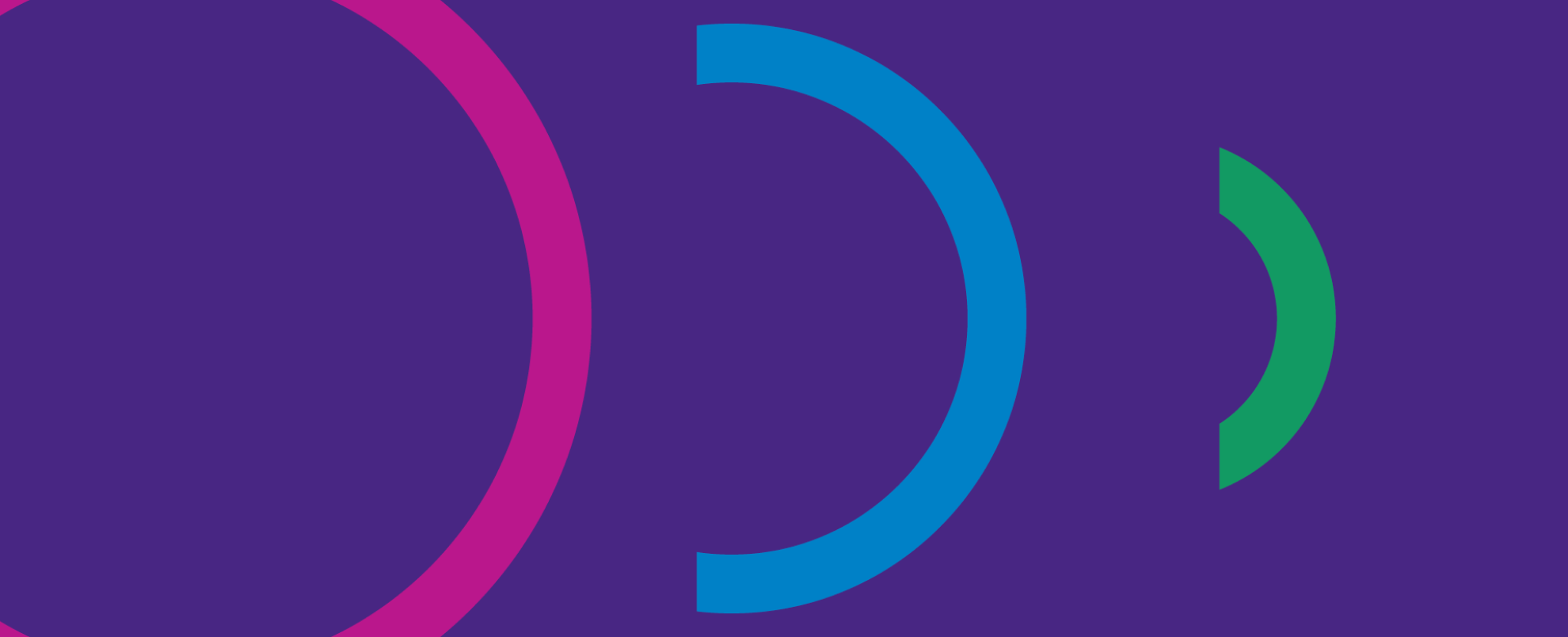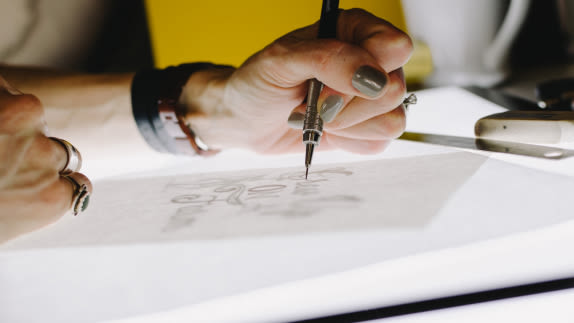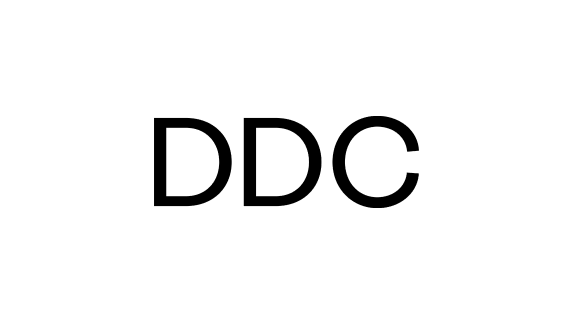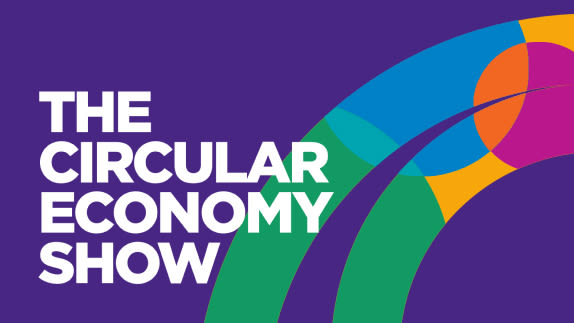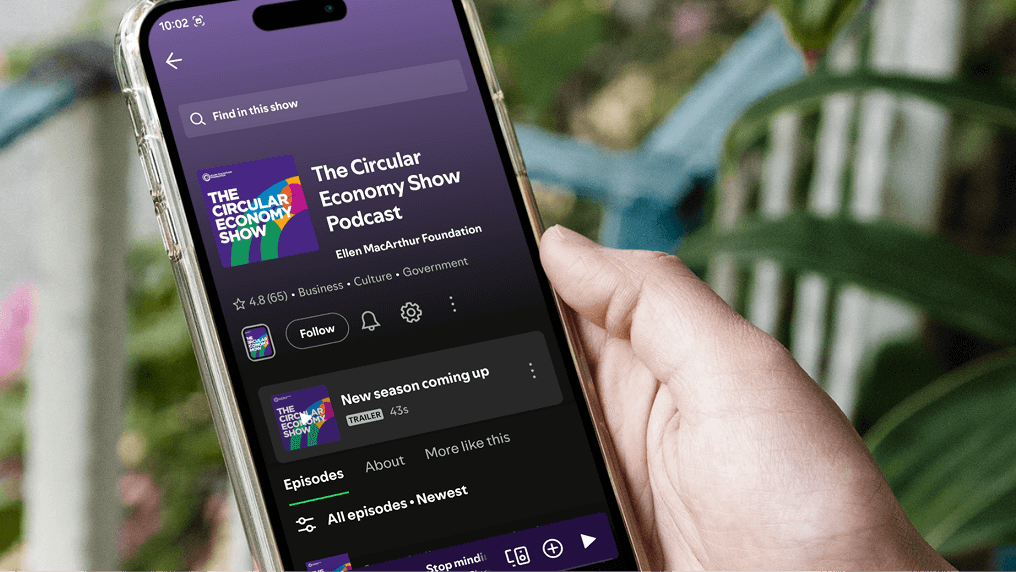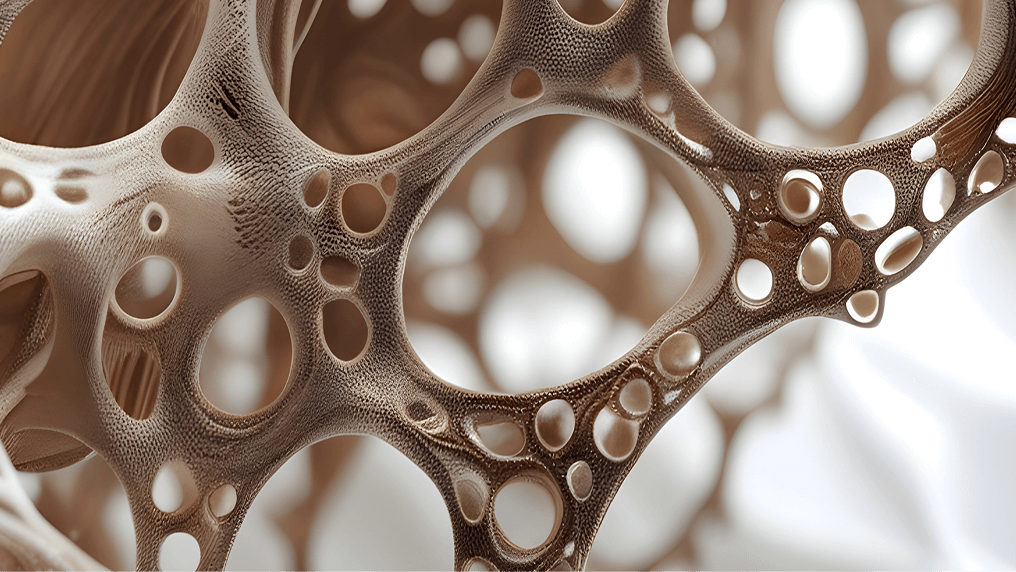Time for something a little different in this episode! Join us as we head to Copenhagen to meet Julie Hjort, Director of Sustainable Transformation at the Danish Design Center. From her office in the Danish capital, Julie reflects on how design is key to creating new pathways towards a circular economy, and how she works with her multi-disciplinary team to find solutions to tricky problems.
Listen on Spotify, Apple Podcasts, or wherever you get your podcast.
Click to expand
Pippa Shawley 0:00
Julie Hjort believes that Circular Design has the power to be world changing. Almost everything you see has been designed by someone. Look around you, from your clothes, your chair, to the building you're in. They've all been designed by someone. Having worked closely in design for over a decade, Julie has learned a thing or two about how to harness that power. Welcome to the Circular Economy Show Podcast. I'm Pippa Shawley, and in this episode, we'll follow Julie Hjort from the Danish Design Center, in her work as a director of sustainable and circular transition. This episode is a little different from our usual style. So grab a cup of tea and relax as we take you to Copenhagen to meet Julie.
Julie Hjort 0:47
When things get too complicated, and to intense at work, I like to step away and find out the spaces. And those spaces can be, for instance, be when I go running by the beach where I live, which is great. I like to walk, preferably in nature in the woods, it's amazing to just get grounded, but also to go experience art, experience culture, and to get stimulated and also to get provoked by just how I think and feel to get in another mood.
Julie Hjort 1:15
While I love design, design is not "the" solution to the circular transition, what's really important and what I think designers are really good at, it's about bringing people together. It's about bringing different skills together different mindsets together, people from different layers of society and building new solutions. So a really big part of our work here at the Danish Design Center in my work is facilitating that collaboration, getting people to work together. And I think this is a skill that we all need to have for the circular transition, the individual company cannot become circular alone, you cannot be circular in a linear industry, right, you have to reach out to your supply chain your value chain collaborators, you have to think about new solutions. So we have to have that skill to work together. I've always found myself in projects where something needs to be pushed in a new direction where people need to come together for a new problem that needs to be solved and more and more we focus on on circular economy, and we could really see how design could really contribute to this transition. It just made a lot of sense. I think that's where my work really became more and more meaningful. And, and that's where I ended up being the director of sustainable transition.
Julie Hjort 2:41
And I've experienced that storytelling is such a crucial element of our work and our circular mission. And I think storytelling is actually really lacking in the debates when we talk about circularity. I think for many people circular economy is this vague concept, and if you look at the different models and illustrations, there's a lot of resource flows and it can be very technocratic. That is a very important part of circular economy it is in it shouldn't be forgotten, but but the whole element of engaging that individual and the person in this being a completely new journey we're heading on... Science has told us what stopped doing our imagination must tell us where to go. So we use the sign as this way to ignite our imagination. It can be really overwhelming, it can be very hard navigating and changing, creating sustainable change. And I see a lot of people that are let down by how the world is moving. And of course, I must admit it also hits me sometimes really hard in the stomach. But I just have to zoom in on what I might do. And I really hope everyone does that. So how might I contribute? What's within my power? What's in the power of the Danish Design Center? My really great colleagues, what might we do? Let's not do what we can't do, let's start to focus on how we can create something that might create new behaviour, new change. When I need to motivate a team around my vision, it's really important for me to firstly set the direction, set the direction of something that motivates everyone. And then I think a lot about the energy is about mobilising the people around me. When I work with my team and the way we work at the Danish Design Center. We're basically quite a flat organisation. Working so systemically and broadly with circular economy is a bit crazy. And I am so dependent of a great team I have of designers, anthropologist, project leaders, that all contribute to this transition. So a big part of my job is just following the leader, my colleagues, learning what they're learning, trying to understand that and try to share it with others. We have a lot of dialogue and meetings about how to create workshops and our next initiatives but there's a lot of time also just talking with the experts, with partners, engaging in dialogue about circular economy knowledge transfer, so I try to spend as much time outside the building as inside the building and learning from from my network. And I think we all try to do that. And then it's designed since I constantly keep exchanging with peers. So in our work, we try to reach and convince quite a broad group of people actually, and I think we're fortunate at the Danish Design Center, would be sort of in the middle of both the public and the private, and the civic sector. So we work with both companies, industry leaders, big corporates that can really push a new movement, but also the SMEs that are really you know, the majority of the stakeholders in the industry here in Denmark and, and in Europe, but also policy makers and inspiring new policy, inspiring new decision and new ways of working in municipalities. And lastly, of course, civic society, to the general public, but also to the, to the individual person, because we're all people, the business leader is a person, the politician is a person. And I think it's quite important when we talk about circularity that we also talk about, you know, the personal aspects and we talk to, you know, personal aspirations when we deal with with circular economy.
Julie Hjort 6:20
For me, success is not about having that, you know, happy partner, or heavy business leader, it's about having seen that things are changing, the people are getting new insights and act differently. And it's about acknowledging that we've been working for green transition as in a circular transition for many years, but it's not really happening. So things have to be radically different. I talk to a lot of people also young people that do not have a lot of faith in our future that we see all these we see all these challenges, we see how everything is going in the wrong direction, there's a lot of insecurity about the future. And I completely understand that I feel it too. But if we need to change something, what we must put first is something that motivates us that motivates this new story. So we actually try to, together with experts describe the future how it might be we don't know, we don't we don't intend to predict the future. But we try to get engaged with an empathizer How might the future be? And instead of just writing down scenarios on a report, and you know, just sharing on our on our homepage, we actually we try to build the scenarios, we try to create people from the future with personas that sell stories, we have pictures, we have artefacts you can touch, because we can't predict the future. But if we can start imagining the future, we can actually start designing it. Becoming a sustainable organisation, municipality, company is something you cannot do alone. And it's so important to be able to collaborate and create partnerships with your supply chain your value chain in order for things to actually change.
Pippa Shawley 8:07
So working with design allows us to think differently, and by using our imagination, we can fundamentally change the conversation around circular economy. It's great to see design practitioners, like Julie, bring so much passion and creativity into their work. Strategies to design for a circular economy can be unorthodox, and there isn't one perfect solution. Julie reminded us that while sustainable change can seem like a daunting proposition, we can all take individual steps to improve our practice. So next time you find yourself feeling uncertain about our future, remember to use your imagination and to find a story that relates to you. Because as Julie says, We can't predict the future. But if we can start imagining the future, we can actually start designing it. Thank you for listening to this episode of the circular economy Show podcast. We hope you enjoyed something a little bit different this week. See you next time.
